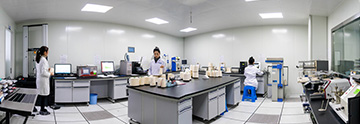Testing Center
Testing qualification
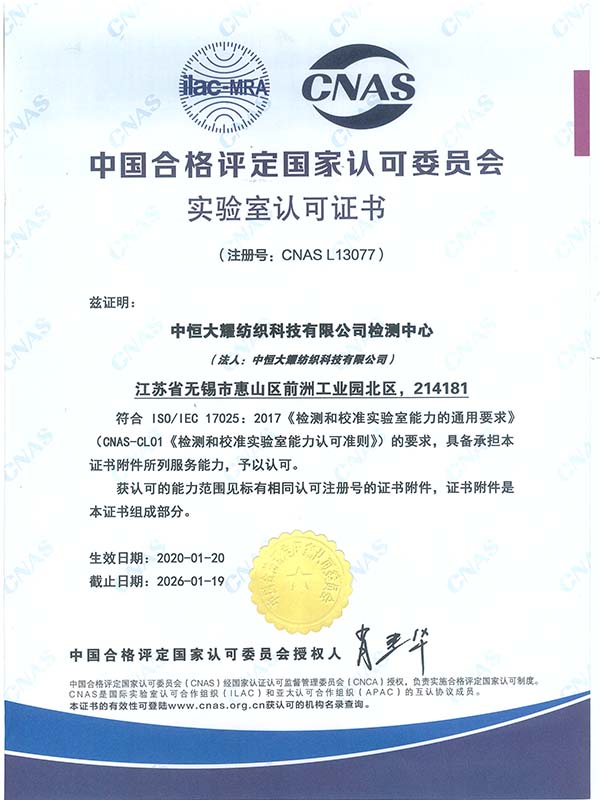
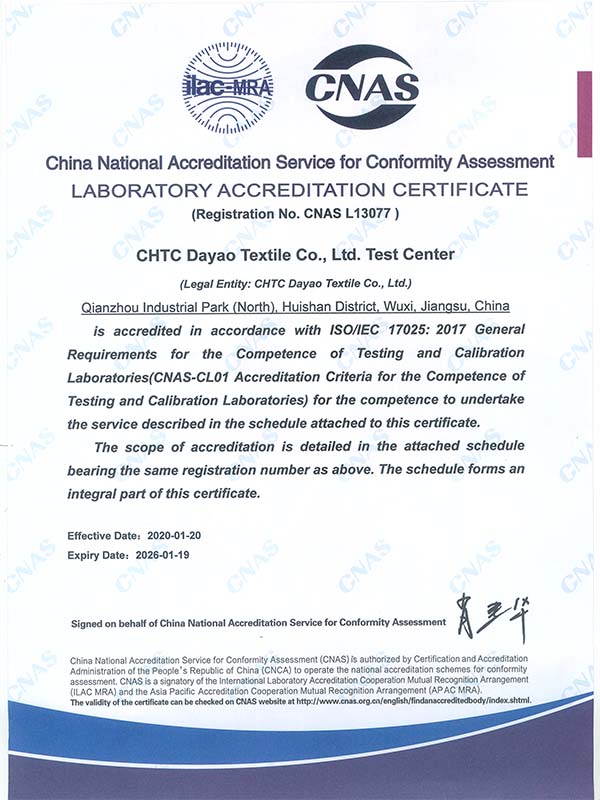
Our laboratory
chtcOur service areas
Testing Service Items-

YARN TESTS
1、Yarn strength
It is suitable for testing the breaking strength of pure or blended single yarns or strands of cotton, wool and chemical fiber staple fibers, and their performances meet the GB / T3916-1997 standard.
2、Moisture regain test
It is used for measuring the moisture regain (or moisture content) of various fibers, yarns, and textiles, and for constant temperature drying in the production process of other industries. This oven can automatically weigh and calculate data automatically. The error of weighing outside the oven
3、 Uster 100,000 meters yarn defect
It can detect the harmful defects and periodic yarn defects of cotton yarns, and it can also analyze the foreign fiber situation in the yarns, and effectively provide the three-filament and snake-skin silk data in the yarn.
4、 Twist
5、 Yarn evenness
6、linear density (yarn count)
7、 Blackboard appearance test
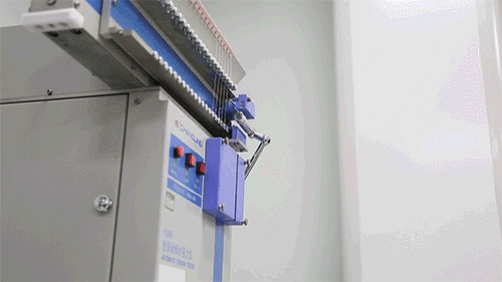

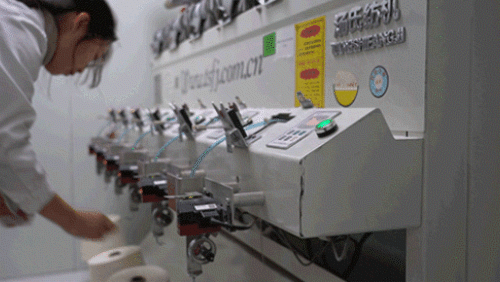
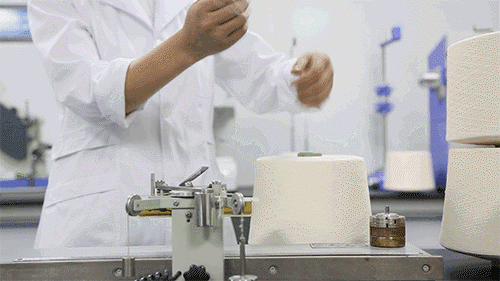
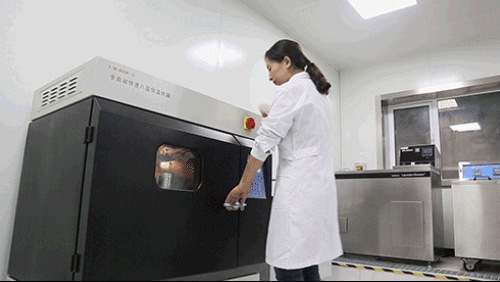

-

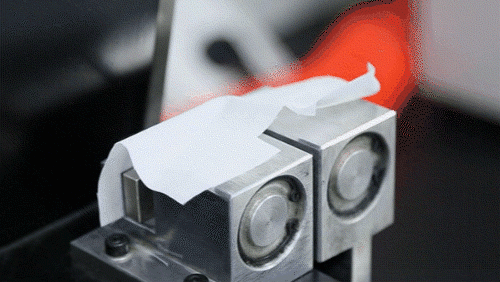
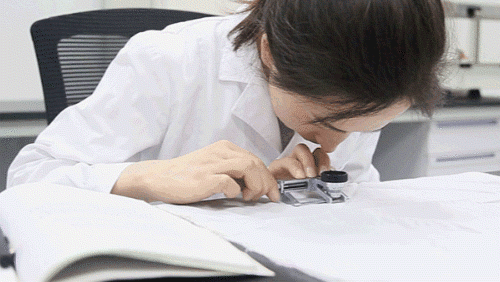

Grey cloth inspection
①STRENGTH TESTS
1、 Tensile Strength
2、 Seam Performance
3、 Bursting Strength
YG (B) 026G-250 electronic fabric strength machine adopts the constant speed elongation (CRE) principle, which is mainly a suitable for testing the mechanical properties of various textiles.
4、 Tearing Strength
The YG (B) 033E digital tear tester is suitable for the determination of the tear resistance of various woven fabrics
Tear Strength test range: 0-16N (with A hammer)
0-32N (with A+B hammer)
0-64N (with A+B+C hammer)
0-128N(with hammer)
FABRIC CONSTRUCTIOON TESTS
The raw material composition, yarn count, warp and weft thread, width, and fabric structure, change any one of the elements, that is, it becomes a fabric of another specification.This requires our professional inspectors to help everyone analyze the fabric structure.
1、 Threads per unit length
2、 Counts of yarn
3、 Fabric width
4、 Fabric weight
5、 Type of weave
③OTHER TESTS
Grey cloth bleaching or black experiment (for viewing foreign fiber, mulch, snake skin silk test)
The testing center simulates the pretreatment test and dyeing test of the dyeing factory, analyzes the gray cloth made of bleached and dyed cloth foreign fibers, mulch and snake skin silk, and judges whether it can be bleached and dark-colored.
-

Fabric inspection
①FIBER COMPOSITION ANALYSIS
1、 Fiber Qualitative Analysis
2、 Fiber Quantitative Analysis
The composition of raw materials in the fabric determines the basic performance and style characteristics of the fabric, affects the textile dyeing and finishing process, and plays a decisive role in the value, use, maintenance and marketing of the fabric.
The qualitative analysis of fabric raw materials is based on the characteristics of various textile fibers under different conditions (such as burning characteristics, solubility, morphological structure, etc.) to identify and distinguish. Qualitative analysis methods are many, long-term use Sensory identification method, combustion method, microscope observation method, chemical dissolution method, etc.
②COLOR FASTNESS TESTS
Factors that may cause color changes during use include washing, light, crocking, perspiration, water, and ironing, etc. Dye shedding not only affects the appearance of the garment, but the dye is more likely to be absorbed by the human body through the skin. Choose four from the Eco Textile Standard Color fastness indicators.These four color fastnesses are water fastness, perspiration fastness (acid / alkaline), rubbing fastness (dry / wet), and saliva fastness (especially for infants and young children). The saliva and s perspiration fastness of baby clothing are particularly important. Because infants and young children can absorb dye through saliva and perspiration fastness.
1、 Washing
2、 Rubbing/Crocking
3、 Light
4、 Light wetted with artificial perspiration fastness
5、 Perspiration
6、 Water
7、 Saliva
③DIMENTIONAL STABILITY (SHRINKAGE) TESTS
Dimensional Stability to Washing
④PERFORMANCE TESTS
1、 Tensile Strength
2、 Tearing Strength
3、 Seam Performance
4、 Bursting Strength
5、 Seam Slippage
6、 Abrasion resistance
7、 Pilling Resistance
8、 Stretch and Recovery
⑤DETECTION OF ECOLOGICAL INDICATORS:
At present, the most influential eco-textile certifications in the world are the eco-textile certification "Oeko-Tex" of the International Eco-textile Research and Inspection Association and the eco-label "Eco-Label" of the European Union. China also promulgated on November 22, 2002 National standard GB / T 18885-2002 "Technical Requirements for Ecological Textiles". We believe that textiles that meet these requirements can bring you peace of mind and comfort.
1、 PH Value
2、 Formaldehyde
⑤Ecological indicator detection:
Capillary Effect
Phenol yellowing test
Automatic computer color matching


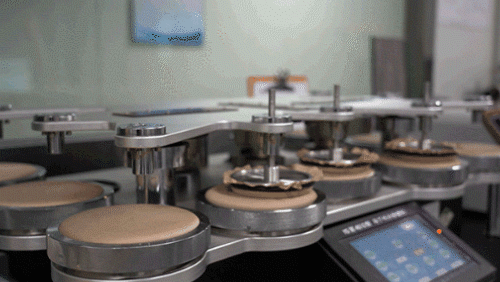
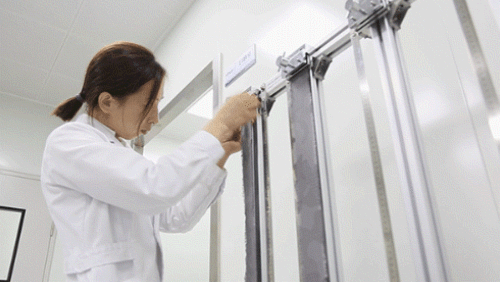

-

Email
jiancezhongxin@dayaotex.com -

Contact Number
Zhao +86 15861566291 Jiang +86 15061503303 -

Official Website
www.dayaotex.com -

Mailing address:
Dayao Textile, Qianzhou north industrial park,Huishan District,Wuxi,Jiangsu, China.214181







